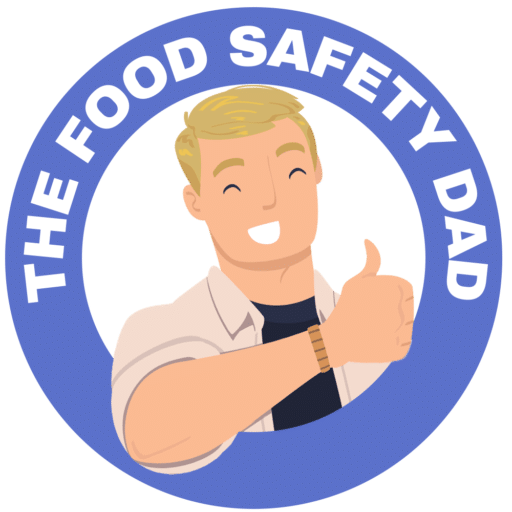Bass is a common name for a variety of fish species that might end up on your dinner plate, and the good news is, yes, you can absolutely eat bass! They’re not only edible but also delicious and nutritious. However, as with any fish, there are a few considerations to keep in mind to ensure that your bass-based meals are safe and enjoyable.
Bass, particularly freshwater varieties like largemouth and smallmouth, are popular catches for recreational fishermen. Saltwater bass, like striped bass, are also a favorite among coastal anglers. Both types have a firm texture and a mild flavor, which makes them versatile for cooking. They’re a great source of protein and omega-3 fatty acids, which are essential for a healthy heart and brain. So Iin short – Yes, you can eat bass, with a few things in mind.
Before you fire up the grill, there are a couple of safety guidelines you’ll want to follow. The CDC and FDA provide valuable resources on eating fish, especially regarding mercury levels and local advisories.
One of the biggest concerns with eating fish is mercury exposure. Fish absorb mercury from streams and oceans, mostly from water pollution. Larger and older fish tend to have higher levels of mercury because they’ve had more time to accumulate it. The FDA advises that most people can safely eat bass, but recommend limiting consumption of certain types and sizes of fish due to mercury levels.
For bass, the recommendation is generally to limit consumption, especially for pregnant women, breastfeeding mothers, and young children. They should consult with their healthcare providers for specific advice.
Always check local advisories before consuming fish you’ve caught yourself. These advisories can inform you about contamination issues in specific bodies of water. The EPA has a searchable database that can help you find this information.
Now, let’s talk about making bass tasty and safe to eat. Here are a few tips:
Sustainability is a hot topic in the world of seafood. When it comes to bass, it’s important to fish responsibly. Follow local fishing laws and guidelines, including size limits, season dates, and catch limits. This helps ensure that bass populations remain healthy for future generations.
The debate between farm-raised and wild-caught fish also plays a role in food safety. Farm-raised fish are often subject to stricter regulations regarding feed and living conditions, which can minimize the risk of contamination. However, wild-caught bass may offer a more natural diet and environment. The choice often comes down to personal preference, availability, and environmental considerations.


